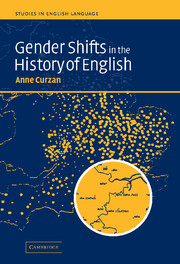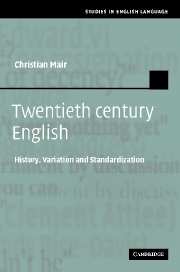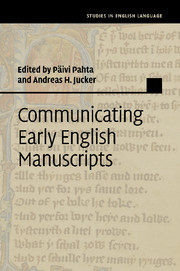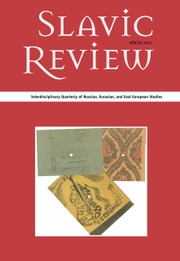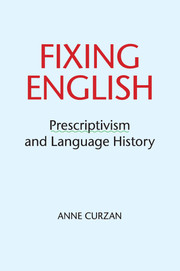Gender Shifts in the History of English
How and why did grammatical gender, found in Old English and in other Germanic languages, gradually disappear from English and get replaced by a system where the gender of nouns and the use of personal pronouns depend on the natural gender of the referent? How is this shift related to 'irregular agreement' (such as she for ships) and 'sexist' language use (such as generic he) in Modern English, and how is the language continuing to evolve in these respects? Anne Curzan's accessibly written and carefully researched study is based on extensive corpus data, and will make a major contribution by providing a historical perspective on these often controversial questions. It will be of interest to researchers and students in history of English, historical linguistics, corpus linguistics, language and gender, and medieval studies.
- A groundbreaking study of gender in English from the Middle Ages to modern times, charting the shift of the language from a grammatical gender system to a natural gender system
- Based on extensive research on corpus data and grounded in a thorough knowledge of the history of English over the past one thousand years
- Original, thoughtful and highly readable contribution to a topic that has given rise to a vast number of often superficial publications in recent years
Reviews & endorsements
"Those who pick this book up expecting a dry study of inflection ... will be delighted to find the Curzan has made linguistic research both accessible and relevant.... This volume is a must-read for anyone interested in the history of English, sociolinguistics, or language and gender. Essential." Choice
Product details
June 2003Hardback
9780521820073
236 pages
229 × 152 × 17 mm
0.52kg
7 tables
Available
Table of Contents
- Acknowledgements
- Introduction
- 1. Defining English gender
- 2. The gender shift in histories of English
- 3. A history of gender, people and pronouns: the story of generic he
- 4. Third-person pronouns in the gender shift: why is that ship a she?
- 5. Gender and asymmetrical word histories: when boys could be girls
- 6. Implications for non-sexist language reform
- Appendix 1. Background on early English personal pronouns
- Appendix 2. Helsinki corpus texts and methodology
- References
- Index.

